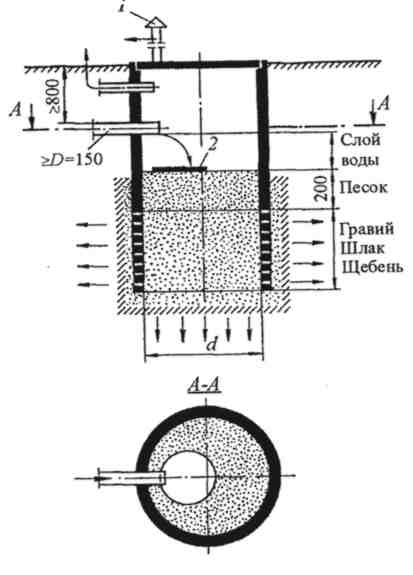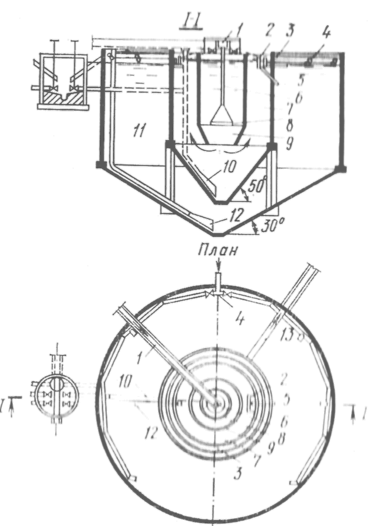As a (general) rule
Broadly (generally) speaking
In a sense, in a way
In most cases
In principle
In some (many) respects
More or less
Impersonal constructions for hedging
Propositions may be hedged by the use of impersonal constructions with passive voice to avoid a more direct commitment to a proposition:
“It is suggested that …”, “It is claimed that…”
Be agreed
Be assumed
Be believed to
Be claimed to
Be considered to
Be found to
Be said to
Be seen to
Be shown to
Be thought to
Complex Subject for hedging
All the expressions above can be used in clauses with Complex Subject:
Operating practices are said/shown/claimed/found/etc. to have been a major obstacle to improvement.
The verbs “seem” and “appear” also can be used in Complex Subject for hedging, but never in passive:
“Within a well-defined niche constant environmental conditions seem to be the exception rather than the norm.”
Source: Ronald Carter, Michael McCarthy. Cambridge Grammar of English. A Comprehensive Guide. / Cambridge University Press, 2013. 973 p.
Sources of examples: 1. Matthew Egbert & Juan Perez-MercadesAdapting to Adaptations: Behavioural Strategies that are Robust to Mutations and Other Organisational-Transformations // “Nature”, 08.01.2016, https://www.nature.com/articles/srep18963 2. Jorg Massen, Caroline Ritter, Thomas Bugnar “ Tolerance and reward equity predict cooperation in ravens (Corvus corax)”// “Nature”, 07.10.2015 https://www.nature.com/articles/srep15021/; 3. Mark Bowler, Emily J. E. Messer, Nicolas Claidière & Andrew Whiten. Mutual medication in capuchin monkeys – Social anointing improves coverage of topically applied anti-parasite medicines. // Nature, 12.10.2015 https://www.nature.com/articles/srep15030
C. Additional vocabulary to describe trends and tendencies
Verbs and verbal phrases: go up to, climb, boom*, peak/reach a peak, improve, gain, recover, soar*, skyrocket*, dwindle, dip*, reach/hit the lowest point go down, reduce, level up, fluctuate, remain stable, remain steady, stay constant, level off, stabilize, stay, maintain the same level, reach a plateau, slump*, crash*, collapse, plunge*, plummet*
Nouns: a rise (of), an increase (of), a growth (of), a peak (of), a surge (of), a fall (in), a decrease (in), a decline (in), a dip (in), a fluctuation (of), a variation (of)
Amount changed: nearly a [fifth], almost [10 %], more than a [half], over a [quarter], around [two thirds], more or less [three quarters], exactly [one in ten], approximately a [third]
Words marked with asterisk (*), are semi-formal, but often used in popular science articles and media.
Section 2. Grammar
Infinitive
Infinitive is one of non-finite forms of the verb (the other three being gerund, present and past participles). Depending on whether it has particle “to” or not, it may be either marked (to do etc.) or bare (do). Also, infinitives of objective verbs (the ones that take objects) may be either active or passive (to be done). In their turn, active infinitives have four forms: 1. simple (to print), 2. continuous (to be printing), 3. perfect (to have printed), 4. perfect continuous (to have been printing). At the same time, only two forms of passive infinitives are normally used: 1. simple (to be printed) and 2. perfect (to have been printed). Two other forms of passive infinitives, continuous (to be being printed) and perfect continuous (to have been being printed), are rare.
B. Infinitives, having a number of properties of nouns, may function in the sentences as subjects, objects, complements, as well as play the roles of attribute and adverbial modifiers of various types.
| Infinitives as subjects
| Infinitives as objects
| Infinitives as complements
| Infinitives as attributes
| Infinitives as adverbial modifiers
|
| To begin the lecture so early was unwise.
| I planned to read the lecture later.
| The class was to be postponed.
| We had a lot of work to do that day.
| To achieve my goal, I set myself a task to write at least one page a day.
|
|
| The professor told the students to begin their experiments.
| I can drive the bike.
| He is the very person to talk with.
| The advice was wise enough to be followed.
|
Ø To practice infinitives in different contexts, continue the table by yourself, adding more examples (5-7) into each column.
C. Also, infinitives are often used in various syntactical complexes.
After words of perception + noun/pronoun a bare infinitive expresses a completed action:
From his window, my friend noticed them cross the road and approach his house.








